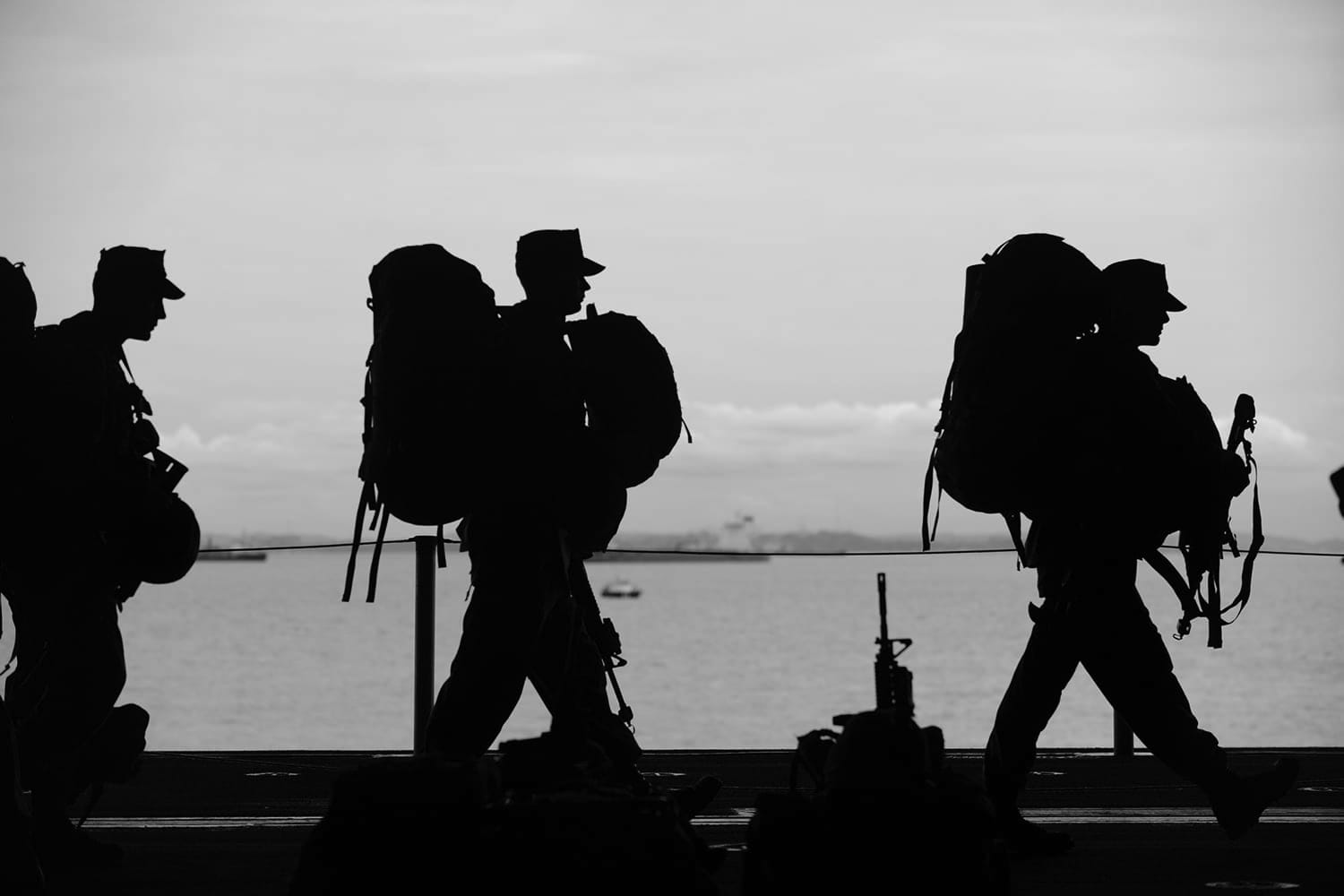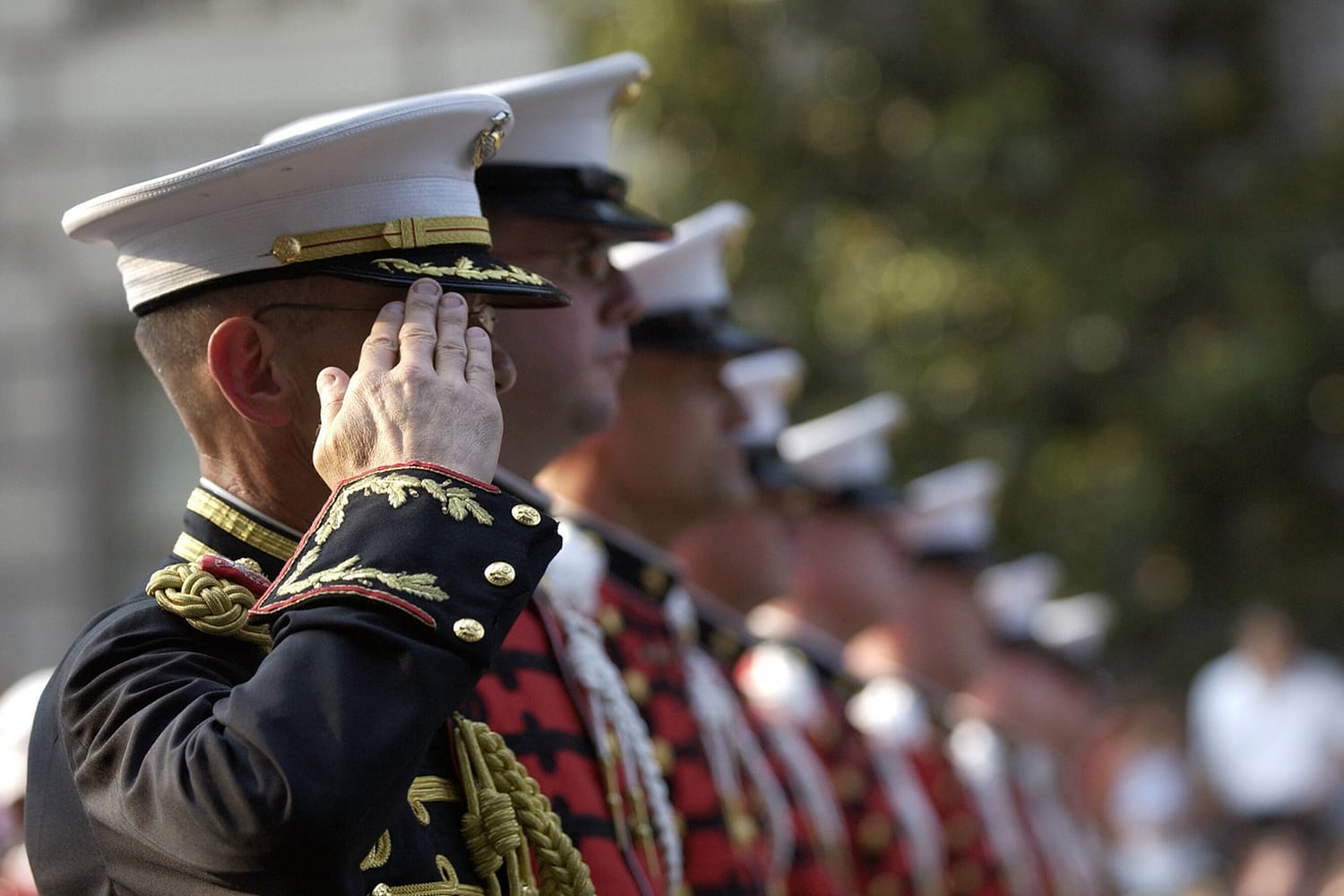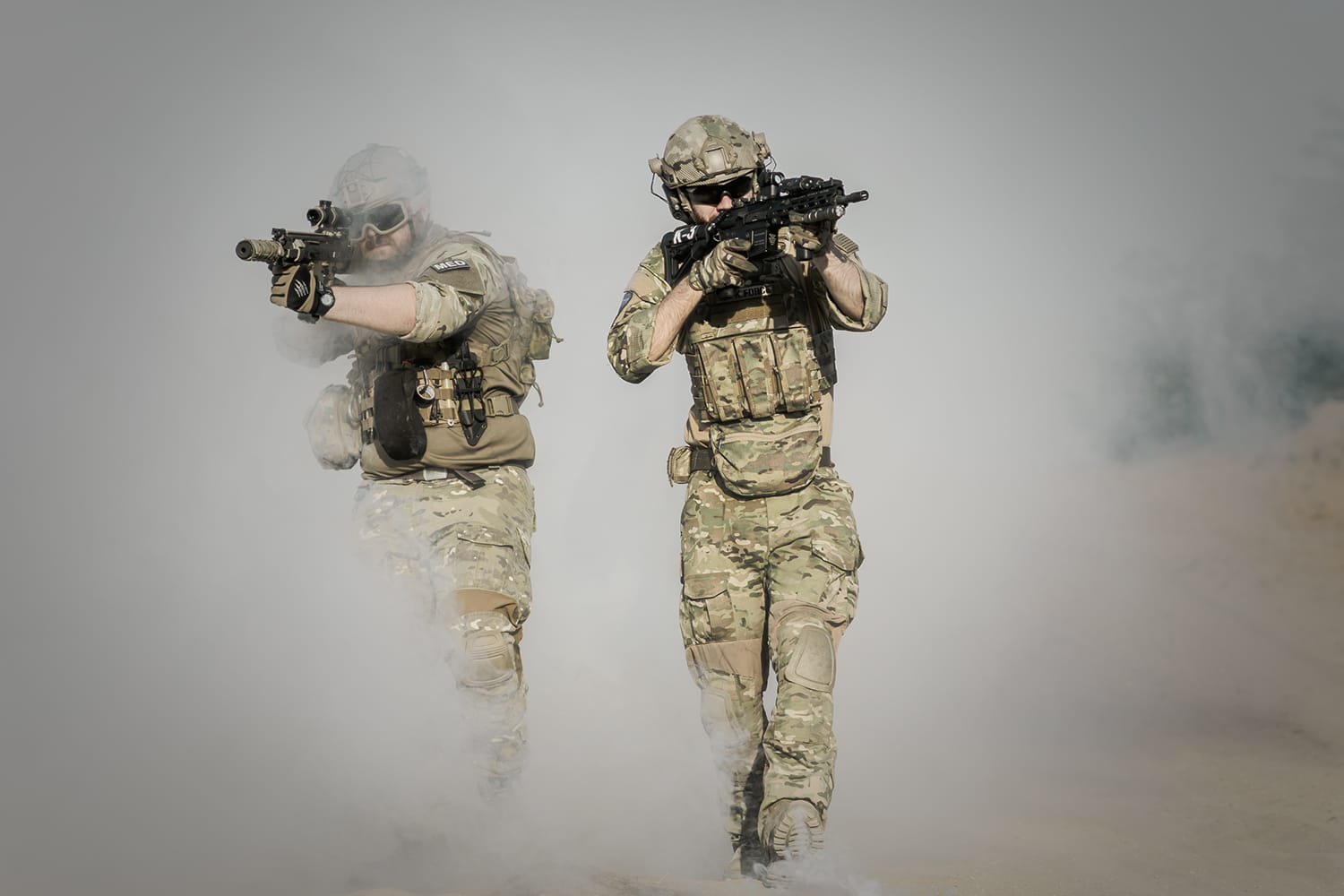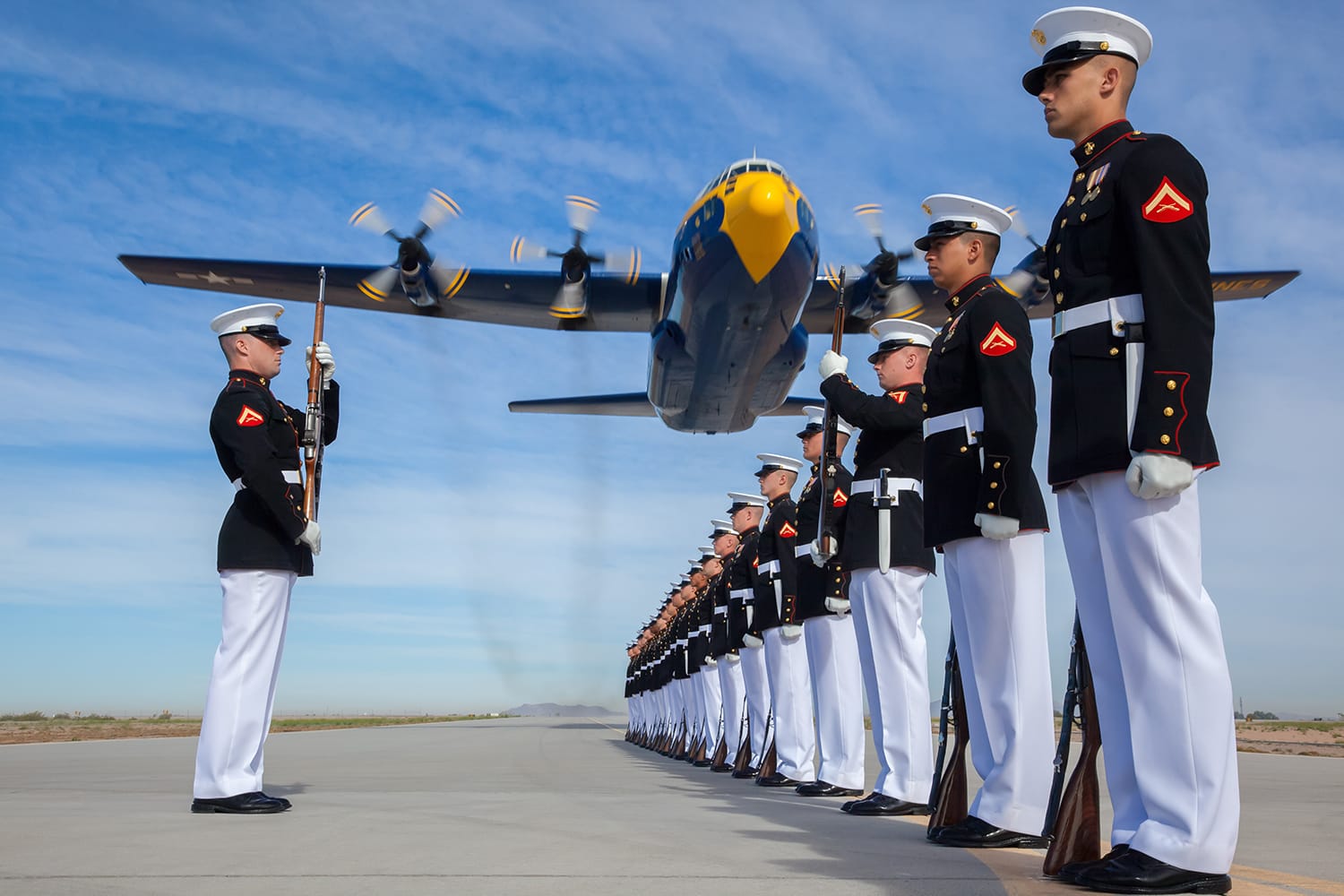What It’s Like to Be a Photographer for the Military
When we think of the military, photography isn’t automatically one of the things that we associate with the service, at least not at first. However, when you stop to think about it, the military—just like any other organization—always has a need for creating visual records of its activities.
After all, someone needs to take pictures of the troops in action. Someone needs to take snapshots of any evidence gathered during raids in foreign lands. And someone needs to be around to take pictures of the daily ins and outs of military life for various reasons.

Here’s a look into the little-known but fascinating area of military photography.
The Purpose of Military Photography
Some readers may be surprised that there’s even such a thing as a military photographer, but rest assured that it’s a totally legitimate position in the armed services. In the U.S. Army, military photographers can be found in the Army’s public affairs division, where their duties include creating and disseminating pictures of Army operations and life.
Images like these are utilized in both the official military and civilian media outlets, where they accompany press releases or news stories related to the military.
How One Becomes a Military Photographer
If there’s anyone reading this who would like to be an official photographer of the U.S Military, there are quite a few steps and prerequisites involved. For starters, you have to get a high score on the Armed Services Vocational Aptitude & Battery exam (or ASVAB). Plus, you must have an interest in the following subjects:
- English
- Communications
- Photography (no-brainer!)
- Computers
- Journalism

Then, of course, you have to enlist and start your basic training, which will run 10 weeks. After that, you get three months worth of job-appropriate training within the aforementioned public affairs division. Besides working on a real newspaper of the Armed Forces, you’ll also:
- Learn about news media production
- Train to write news stories
- Learn to the basics of shooting with a camera
- Understand how to edit images and news stories
An Idea of Life as a Military Photographer
If you’ve successfully worked your way through the several months of training, then congrats because you can begin your career as a military photographer in earnest! You’ll be assigned to a specific unit or base, whether a combat or non-combat zone, just like with any other military position.
In non-combat situations, you can expect to take a lot of snaps of news conferences or other similar events at or close to your base. In a combat setting, however, you can expect to serve as the chronicler of the action, taking pictures of soldiers in the line of duty and everything that comes with that. This can include activities such as:
- Following foot patrol soldiers
- Taking pictures of paratroopers who are on an air assault operation
- Chronicling artillery missions
- Following the action of any given supply mission
- Covering the events of an aid mission
- Shooting the action of a repair mission

One quick word about being a military photographer in a combat setting: Always remember that you’re a soldier first and foremost (that’s why you went through basic training, too!). As such, even though you’re an artist, you’ll be expected to actually take part in fighting in certain situations, if the need arises. Don’t think that will get you off the hook from taking pictures, however. Even in combat situations, you’re also still expected to chronicle the action – even if you end up becoming part of it!
Who Uses Military Photographs?
While the military retains its own snapshots for its own documentation reasons, there are also actual customers who use or need military images for their own purposes.
Some of the biggest customers, if you will, of this genre of photography are branches of the U.S. government, such as the Defense Imagery Management Operations Center and the Pentagon. The former essentially serves as a sort of repository for all kinds of unclassified photographs from the military. Customers can also be someone as hands-on as actual commanders in the field, who require these images for operational reasons.
Of course, even civilians with an interest in the Armed Forces are free to buy or request military photographs for their own collections.

The Evolution of Military Photography
You might be wondering if military photography was always the well-established concept that it is in today’s U.S. military. The truth is that different eras of varying U.S. military involvement have logically created more or less of a demand for these types of images.
Case in point: All the way back in 1951, the U.S. Navy established a combat camera unit specifically for the Korean War (2018 update: Navy Dissolves Combat Camera Units). As a result, photographers working specifically for the Navy literally documented each and everything it did up until the Vietnam War. However, after the U.S. pullout in Vietnam, military photography became less in demand, but that all abruptly changed after the 9/11 terrorist attacks on the World Trade Center in NYC. With the U.S. involvement now in Afghanistan and Iraq, there was a renewed urgency for timely military photography that documented their operations in real-time. Take that together with the rise of digital photography, which made the whole process more efficient than ever, and today you have a reinvigorated sense of military photography.
A Duty and Calling as Much as an Art Form
Being a military photographer is sort of a dichotomy. On one hand, you’re an artist–no disputing that. Yet, at the same time, you’re also potentially on the front lines of combat and required to pick up a firearm to defend yourself and your comrades!

While it’s definitely not a career path that many photographers will wind up taking, those who do go down this path find it a rewarding and even patriotic fulfillment of duty that also lets them satisfy their artistic side.
In spite of all the pressures and deadly dangers of being in the military, photographers in the service still have to worry about composition, keeping a steady hand, and framing–all the while serving their country. That’s truly a noble, if not very unique, line of work.
